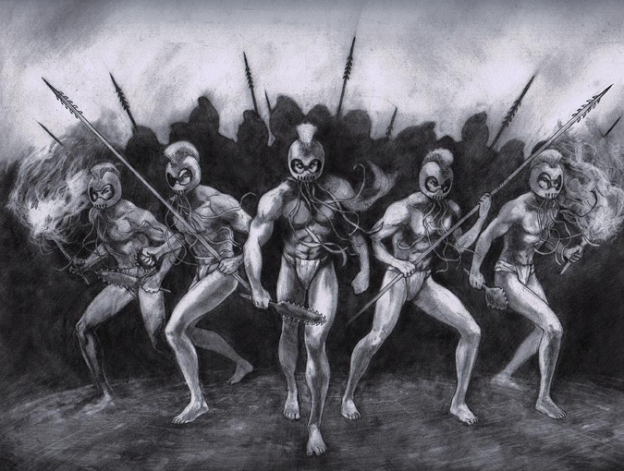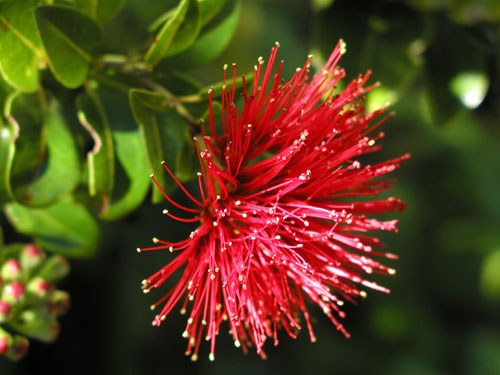General Information about Item:
- Verbal folklore: origin story
- Language: English
- Country: India
Informant Data:
The informant is an Indian woman who is the wife of the informant for the Diwali origin story. She is originally from Mumbai and now lives in New Delhi.
Contextual Data:
- Social Context: This origin story explains how Lord Ganesh got his elephant head, a key element of the festival’s rites and prayers.
- Cultural Context: This story features key characters in Hindu mythology. It sheds light on Shiva and Parvati’s relationship and how Ganesh came into being.All three characters have roles in other Hindu myths.
Item:
- Audio file of the origin story of the Lord Ganesh
Associated File:
Transcript of Associated File:
“Ganesh was actually the son of Goddess Parvati who was married to Lord Shiva. Parvati had created Ganesh from dirt to protect her against intruders while she was bathing but Ganesh did not know who Shiva was and did not allow him to enter his house. So Shiva then cut off his head in anger. When Parvati found out, she got very angry and sent Shiva out to retrieve Ganesh’s head. Shiva could not find it but cut the head off an elephant he saw in the jungle and attached it to Ganesh’s body. This is how Ganesh got his elephant head.”
Informant’s Comments:
The informant heard this story as a child but said there are a few other versions of the story too depending on where you grew up.
Collector’s Comments:
I asked the informant to give us the version of the origin story that she knows.
Collector’s Name: Yohann Curmully
Tags/Keywords:
India, holiday, Ganesh Chaturthi, Verbal folklore, origin story








